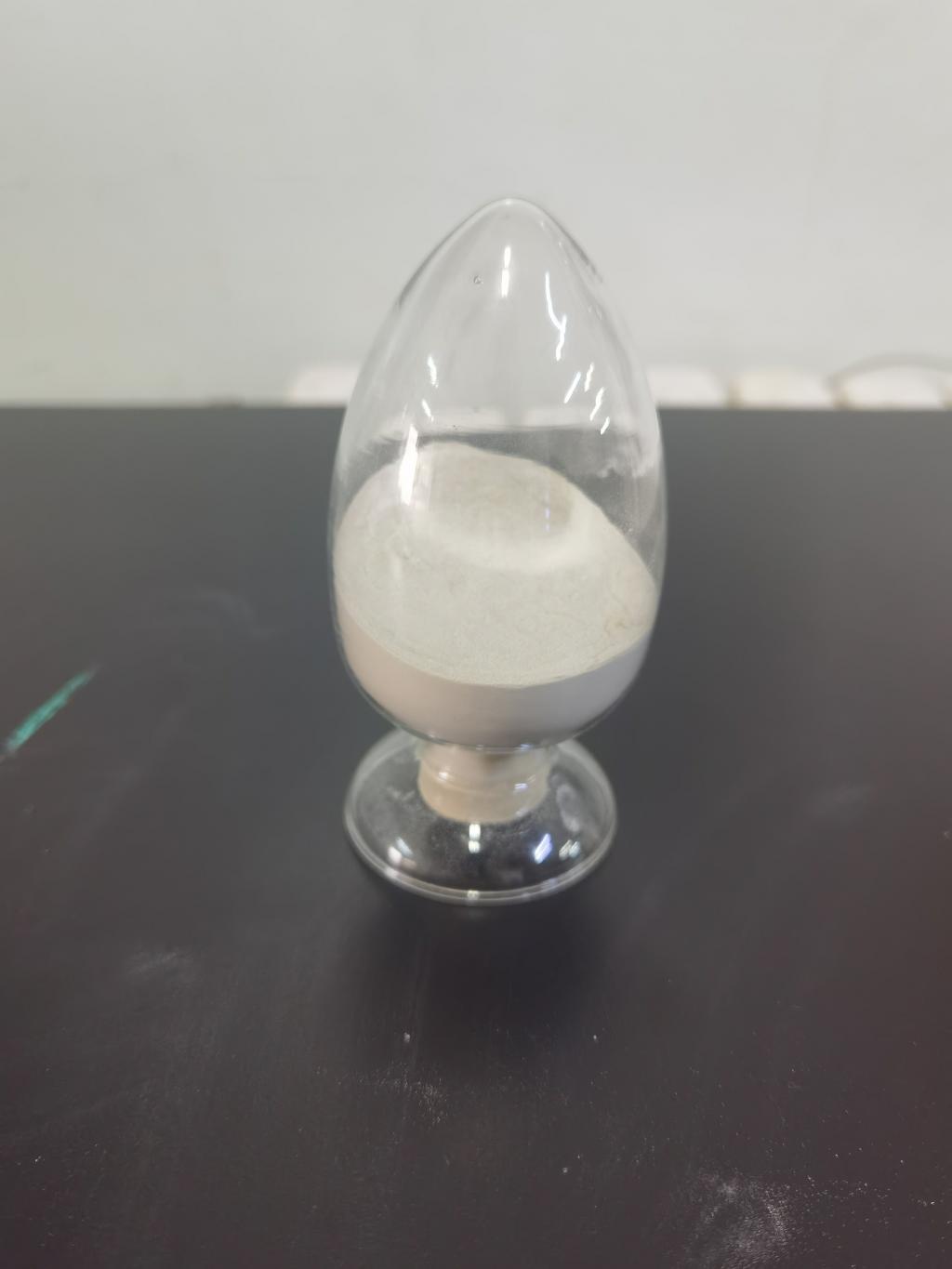Tel:+8618231198596

News
 CONTACT
CONTACT
 CONTACT
CONTACT
- Linkman:Linda Yao
- Tel: +8618231198596
- Email:linda.yao@dcpharma.cn
- Linkman:CHARLES.WANG
- Department:Overseas
- Tel: 0086 0311-85537378 0086 0311-85539701
News
Challenges and Limitations of Nisin in Food Processing.
TIME:2023-11-09
Limited Spectrum of Activity:
Nisin is most effective against Gram-positive bacteria, including some of the most common foodborne pathogens like Listeria and Staphylococcus. While it exhibits limited activity against Gram-negative bacteria, it is practically ineffective against viruses, yeasts, and molds. This limitation restricts its application in certain food products where these microorganisms are of concern. Therefore, it is important to combine nisin with other preservatives or processing techniques to ensure broad-spectrum protection.
Sensitivity to pH and Temperature:
Nisin's antimicrobial activity is sensitive to both pH and temperature. Its effectiveness decreases in acidic conditions, which can be a challenge in products with low pH values, such as fruit juices and some dairy products. Additionally, nisin can be inactivated at high temperatures, which limits its use in food processing methods like pasteurization and sterilization. Producers need to carefully consider the compatibility of nisin with their processing conditions to avoid a loss of efficacy.
Potential for Development of Resistant Strains:
Continuous exposure to nisin may lead to the development of nisin-resistant strains of bacteria. This can compromise the long-term effectiveness of nisin as a preservative. To mitigate this issue, it is essential to use nisin judiciously and in combination with other antimicrobial agents. Additionally, researchers should continue to monitor and study the emergence of nisin-resistant strains to develop strategies for minimizing their impact.
Regulatory Considerations:
The use of nisin in food processing is subject to regulatory approval in many countries. The regulations and maximum allowable levels of nisin can vary, making it challenging for food producers operating in multiple markets. Ensuring compliance with these regulations and obtaining the necessary approvals can be a time-consuming and costly process.
Flavor and Texture Alterations:
The addition of nisin to certain food products can result in changes in flavor and texture. While nisin is generally considered safe and has a relatively neutral taste, it can interact with other ingredients in the food matrix, leading to undesirable sensory changes. Careful formulation and testing are necessary to minimize these alterations while still achieving the desired antimicrobial effect.
Limited Solubility:
Nisin is a hydrophobic peptide, and its solubility in water can be limited, making it challenging to uniformly distribute it in aqueous food matrices. This solubility issue may require the use of solubilizing agents or modified nisin variants that are more water-soluble.
Cost:
Nisin can be relatively expensive compared to some other preservatives, which can impact the overall production cost of food products. Producers need to assess whether the benefits of using nisin, such as extended shelf life and enhanced safety, outweigh the additional expense.
Consumer Perception and Labeling:
Some consumers may be unfamiliar with nisin or have concerns about the use of food additives. Therefore, effective labeling and communication are essential to educate consumers about the safety and benefits of nisin in food products. Misunderstandings or misperceptions about nisin can lead to consumer resistance.
Packaging and Storage Challenges:
Nisin's sensitivity to light and oxygen can pose challenges during food packaging and storage. Proper packaging materials and techniques are necessary to ensure that the preservative remains effective throughout the product's shelf life.
Limited Research on Nisin Interactions:
There is a need for more research on the interactions between nisin and various food components, including proteins, fats, and carbohydrates. Understanding these interactions can help optimize formulations and processing methods to enhance the efficacy of nisin in different food products.
Conclusion:
Nisin is a valuable tool in food processing for controlling the growth of certain bacteria and extending the shelf life of numerous products. However, it is important to be aware of its limitations and challenges to make informed decisions about its use. To overcome these limitations, researchers and food scientists continue to work on improving nisin-based technologies, including modifying nisin variants and exploring synergistic combinations with other preservatives. As the food industry evolves, nisin's role in food processing will likely continue to expand, provided that its limitations are effectively addressed.
- Tel:+8618231198596
- Whatsapp:18231198596
- Chat With Skype







